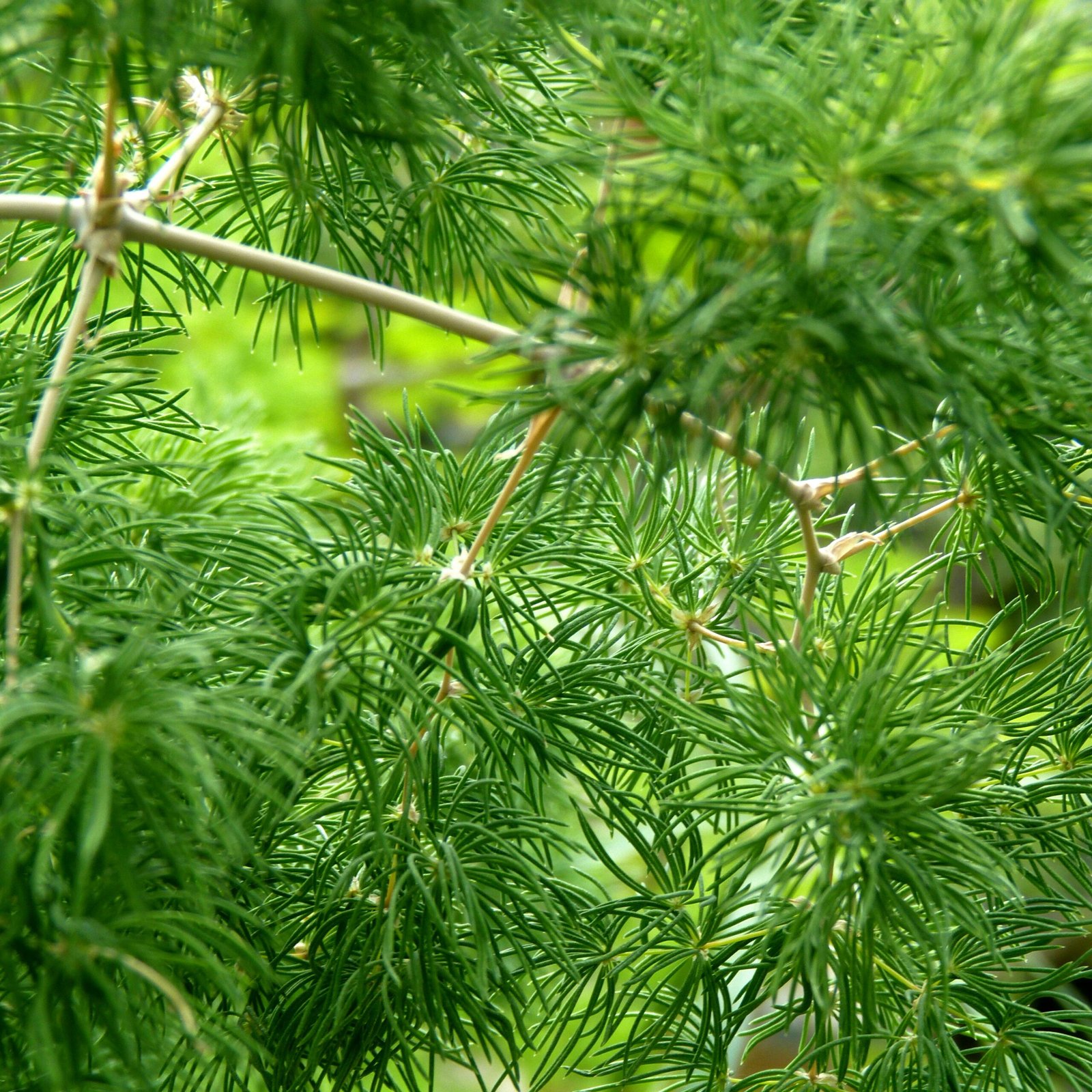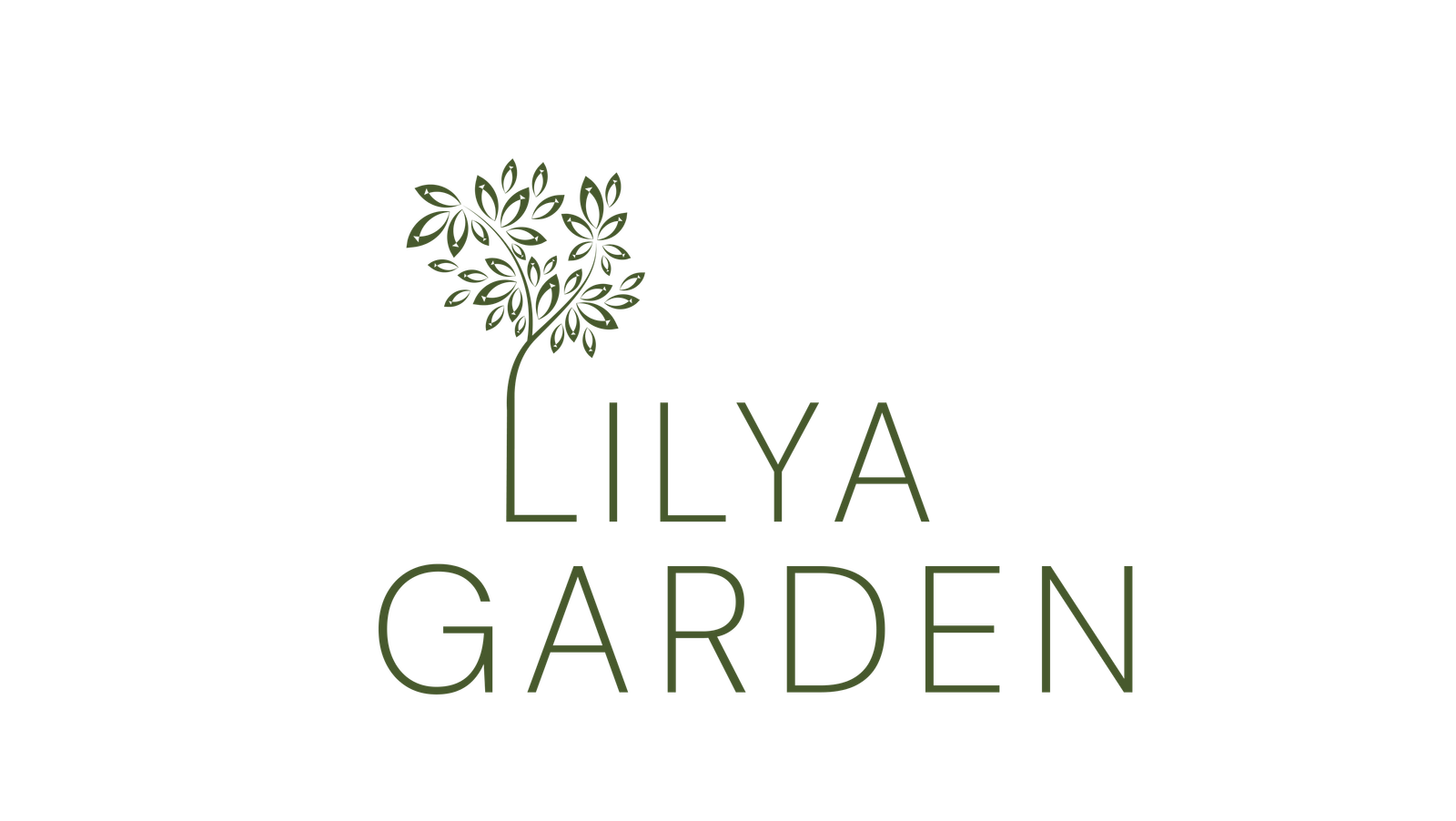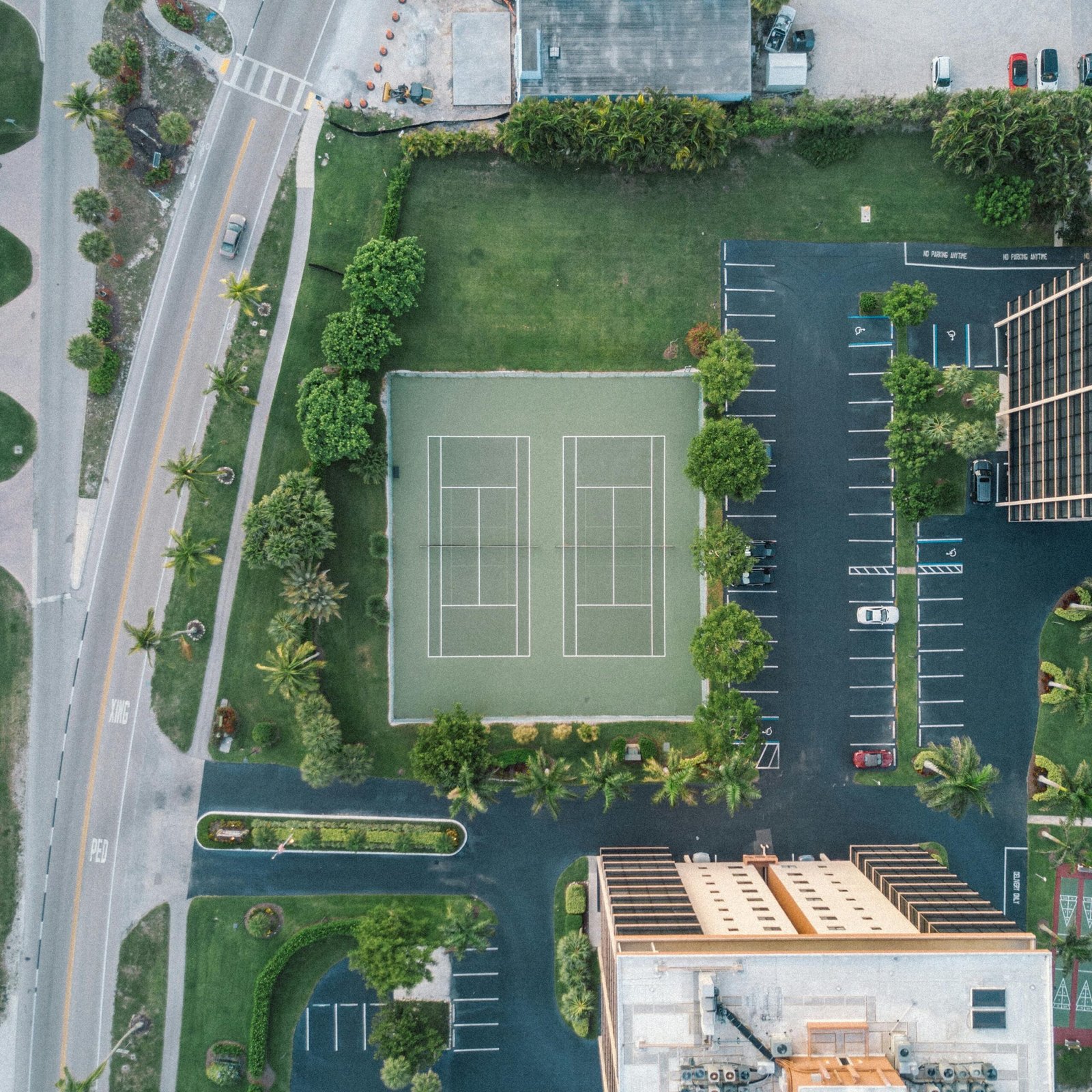No products in the cart.
Five Eco-Friendly Garden Design Ideas for a Greener Tomorrow
Garden design plays a crucial role in promoting sustainability and biodiversity. By incorporating eco-friendly principles into your garden layout, you can create a harmonious outdoor space that benefits both the environment and its inhabitants.
In the canvas of our gardens, let us paint a masterpiece of sustainability, where every plant, every structure, whispers the story of our commitment to the earth
Here are five innovative design ideas for a greener tomorrow:
1. Permaculture Gardens: Permaculture is a design philosophy that mimics natural ecosystems to create self-sustaining and regenerative landscapes. Design your garden using permaculture principles such as polyculture planting, water harvesting, and companion planting. By integrating food crops, herbs, flowers, and trees in mutually beneficial relationships, you can maximize yield while minimizing inputs like water and fertilizer.
2. Rain Gardens: Rain gardens are designed to capture and filter rainwater runoff from roofs, driveways, and other impermeable surfaces. By directing this water into shallow depressions planted with native vegetation, you can reduce erosion, mitigate flooding, and replenish groundwater reserves. Rain gardens also provide habitat for wildlife and attract beneficial pollinators and birds.
3. Vertical Gardens: Vertical gardens, also known as green walls or living walls, are ideal for small spaces or urban environments where ground space is limited. These structures utilize vertical surfaces such as walls, fences, or trellises to grow plants vertically. By incorporating native vines, climbers, and hanging baskets, you can maximize greenery while improving air quality and insulation, reducing urban heat island effects, and creating habitats for birds and insects.
4. Wildlife-Friendly Habitats: Design your garden to support local wildlife by providing food, water, shelter, and nesting sites. Incorporate features such as bird feeders, bee hotels, butterfly gardens, and ponds to attract a diverse array of beneficial insects, birds, and amphibians. Avoid using chemical pesticides and herbicides that can harm wildlife and disrupt the natural balance of the ecosystem.
5. Edible Landscaping: Edible landscaping combines ornamental plants with productive food crops to create aesthetically pleasing and functional landscapes. Integrate fruit trees, berry bushes, herbs, and vegetables into your garden design, incorporating them into flower beds, borders, and container gardens. Not only does edible landscaping promote food security and self-sufficiency, but it also encourages biodiversity and reduces food miles.


By embracing these eco-friendly garden design ideas, you can transform your outdoor space into a sustainable sanctuary that nourishes both people and the planet.


